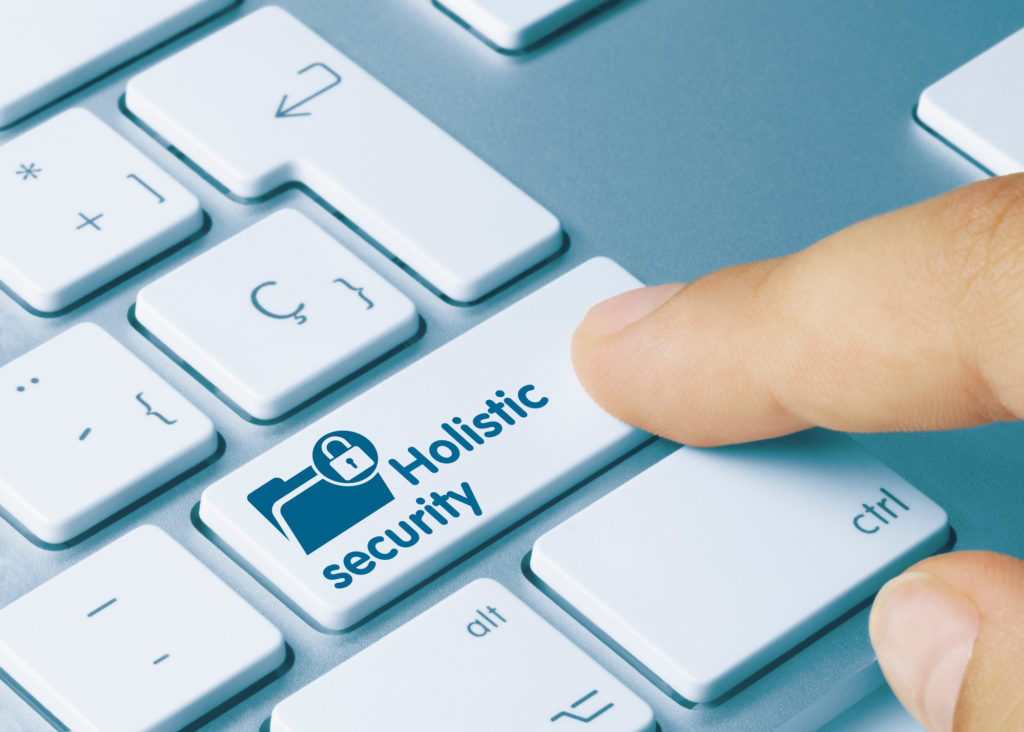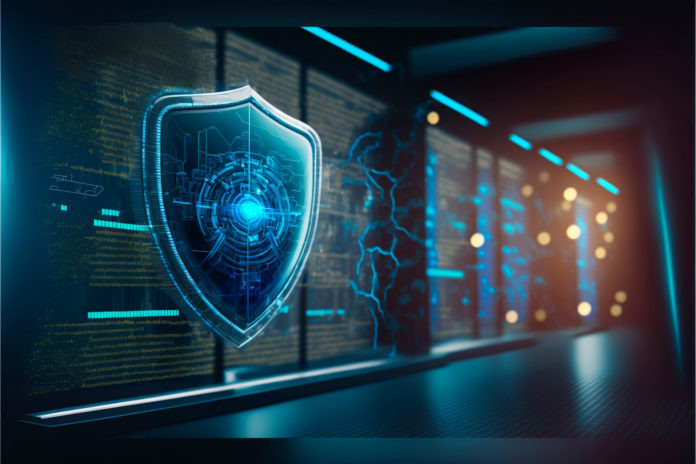The demand for strong security measures has reached unprecedented heights in today’s fast-paced world.
The truth is traditional security methods alone are no longer enough to shield us from the ever-evolving and highly sophisticated threats that confront us daily. That’s precisely where the power of holistic security comes in.
Holistic security takes a comprehensive approach, recognizing that adequate protection goes beyond surface-level safeguards. It embraces the idea that a security solution must encompass various security components. By seamlessly integrating these components, organizations can build a dependable defense against various lurking threats. Safe burglary ratings help in evaluating the effectiveness of security solutions, ensuring that they meet the required standards. With these ratings, businesses can make informed decisions on their security investments.
When searching for the best security services tailored to your needs, it’s crucial to consider an approach that covers all these vital aspects. Understanding how these elements intertwine is critical to building a robust security framework that shields your assets and data.
That said, what exactly makes up a holistic security solution?
Here are its components:
1. Risk Assessment
Risk assessment plays a crucial role in building a holistic security solution. It involves systematically analyzing the threats and vulnerabilities that could compromise your security.
A thorough assessment provides invaluable insights into your organization’s potential risks, equipping you with a deeper understanding of the challenges you regularly face.
In the risk assessment process, the focus is on identifying internal and external threats. This includes physical breaches, cyberattacks, human error, or natural disasters.
Common cyberattacks include phishing attacks and ransomware. Meanwhile, physical security breaches may involve unauthorized access or theft.
Beyond that, your systems, processes, or infrastructure vulnerabilities should also be carefully examined.
Once threats have been identified, evaluating their potential impact and likelihood of occurrence is essential. That helps determine the level of risk associated with each. This assessment allows you to prioritize risks effectively, focusing your resources on the most critical areas.
2. Physical Security
While we often associate security with digital threats nowadays, physical measures are still crucial in safeguarding our assets and personnel.
Physical security is the first line of defense, preventing unauthorized access to your premises.
Access control systems are a cornerstone of physical security. Implementing robust access control measures effectively restricts unauthorized entry to your premises, especially vulnerable areas.
Whether through keycards, biometric authentication, or other mechanisms, controlling who has access to your facilities is a huge part of maintaining a secure environment.
Another essential aspect of physical security is video surveillance and monitoring. Security cameras strategically placed throughout your premises serve as a deterrent and provide real-time tracking. They enable you to identify any suspicious activity and take appropriate action promptly.
To further enhance your security, intrusion detection and alarm systems are vital. These systems use sensors and alarms to detect unauthorized entry attempts, alerting you to potential threats. Investing in them enables you to respond swiftly and effectively to direct breaches.
On top of that, security personnel and their training are fundamental to maintaining a secure environment. Well-trained security staff are adept at handling security incidents, enforcing protocols, and ensuring a safe atmosphere for everyone within your organization.

3. Network Security
It involves a set of measures designed to defend your network against unauthorized access, data breaches, and cyber threats. This component encompasses a range of practices that work together to create a secure environment.
One key aspect of network security is the implementation and configuration of firewalls. They act as virtual gatekeepers, monitoring and controlling incoming and outgoing network traffic. Properly setting up and configuring firewalls empowers you to enforce security policies, filter suspicious movement, and thwart unauthorized access attempts.
Another essential element is intrusion detection and prevention systems (IDPS). These systems continuously monitor network traffic, identifying and alerting you to suspicious activities or potential breaches.
Naturally, secure network architecture and segmentation are critical to limiting the impact of potential breaches. You can restrict unauthorized movement and contain threats by dividing your network into smaller, isolated segments. Even if one is compromised, the rest remains protected and functional.
4. Data Security
Data security holds immense significance in a holistic security approach. Establishing a solid foundation for protecting your organization’s most valuable asset—information—involves prioritizing this.
Encryption is a particularly useful tool for accomplishing this. Through encryption, you can transform sensitive data into unreadable ciphertext, making it nearly impossible for unauthorized individuals to read or use. Whether it’s data at rest, in transit, or in use, encryption provides an added layer of protection.
Of course, access controls and user authentication mechanisms ensure that only authorized individuals can access and manipulate data. Data backup and disaster recovery strategies are also integral. Regularly backing up your data and creating a solid recovery plan helps you mitigate the impact of potential data loss or system failures, ensuring business continuity.
Protect Your Company Holistically
In a market where threats are ever-present, staying one step ahead is essential. Embrace a holistic security solution, empower yourself with knowledge, and take proactive measures to safeguard your organization. With these steps, you can build a secure future where stability and progress go hand in hand.



































